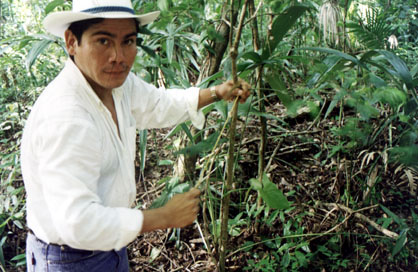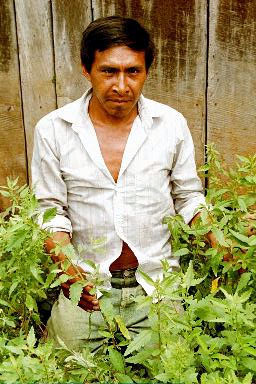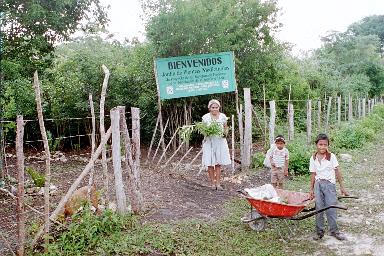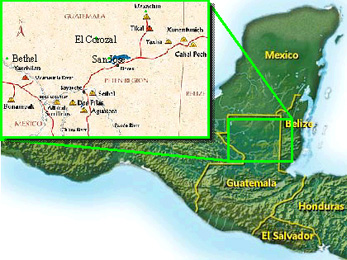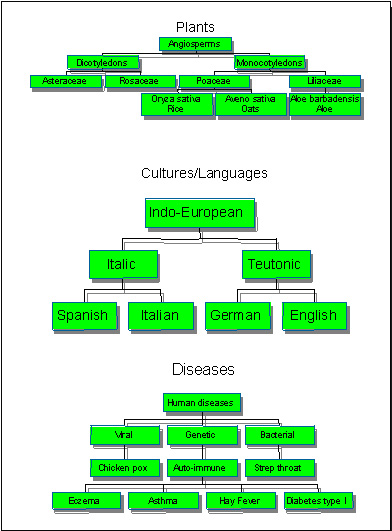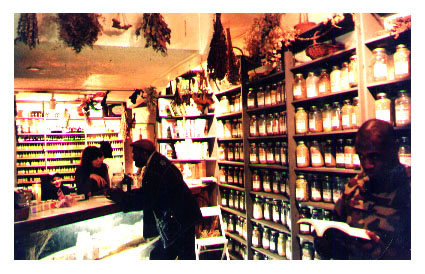
Fig 1. Flower Power herb shop in New York's East Village. |
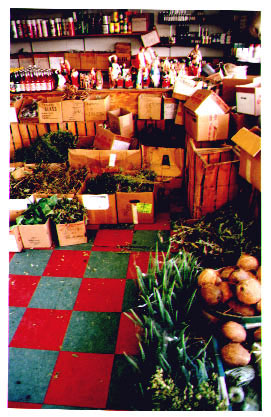
Fig 2. Reyes Botanica, a Dominican herb shop in Washington Heights, NY. |
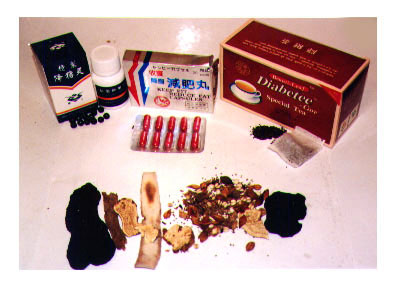
Fig 3. Herbs prescribed for diabetes and eczema by Chinese herbalists. |
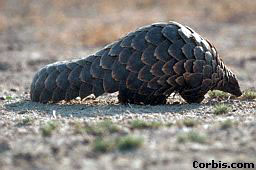
Fig 4. Endangered Chinese Pangolin, whose hide was found in several Chinese eczema treatment mixtures. |
